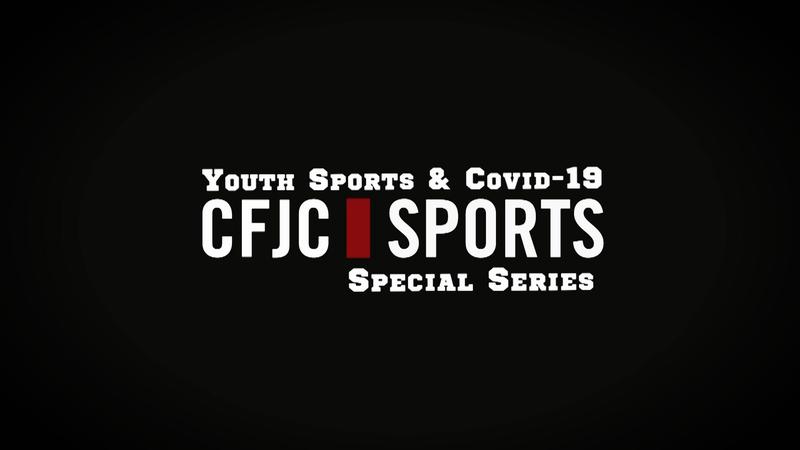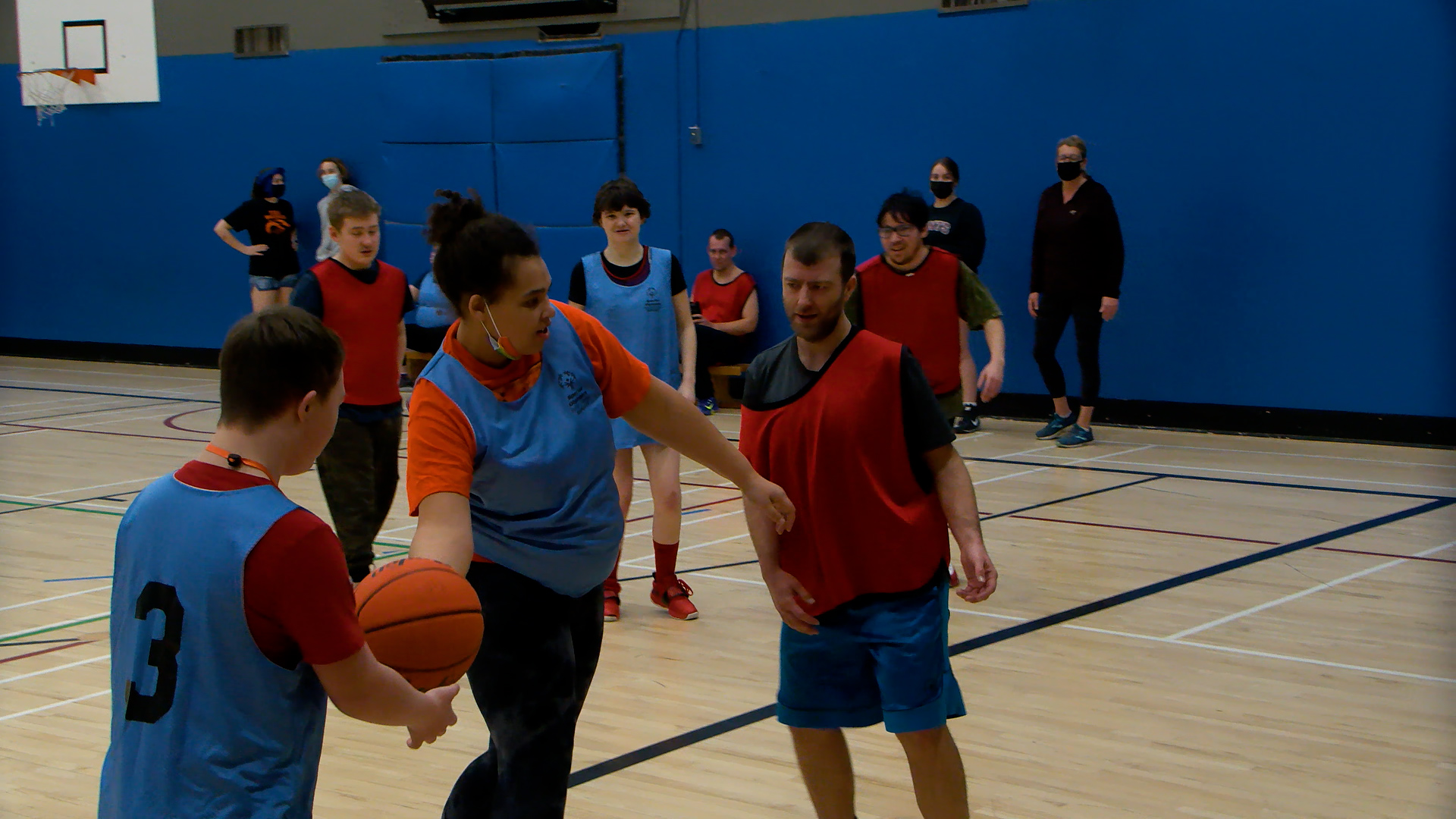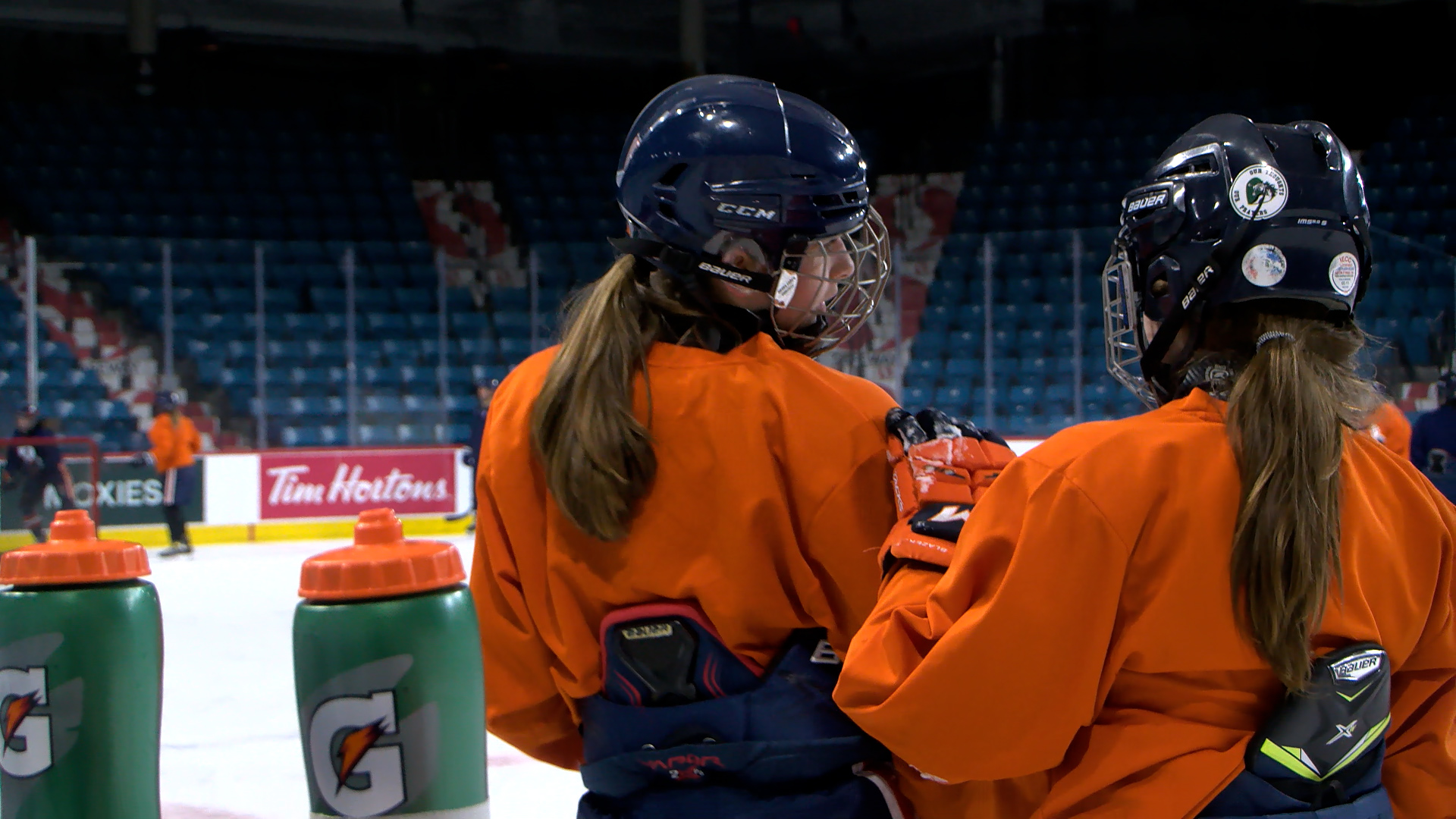
YOUTH SPORTS & COVID-19: The social side of sports
KAMLOOPS — A lot is made of the physical benefits of sports or the idea that sports build character. However, for many, it’s the social aspect of sports participation that keeps athletes involved beyond their childhood and adolescent years.
In the third part of a series on youth sports and COVID-19, CFJC Today examines the impact the pandemic has on the social connections these young athletes rely on.
Special Olympics is about so much more than just sport. Possibly more important than the physical benefits of participation are the mental and social benefits. For local organizers, it’s a huge part of their mandate.




